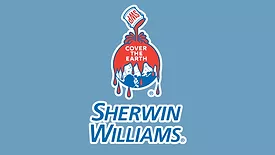Home » Keywords: » EPA
Items Tagged with 'EPA'
ARTICLES
The facility has been ordered to pay a civil penalty of $306,436.
Read More
Apple Pays Penalty, Fixes Hazardous Waste Violations at Santa Clara Facility
The agreement follows two federal inspections.
Read More
EPA Claims 300 Reported Environmental Actions
The Announcement Draws Praise, Questions, and Skepticism
Read More
Lee Zeldin Completes Visits to All 50 States
Emphasizing Local Input, Emergency Response, and Policy Change
The EPA Let Companies Estimate Their Own Pollution Levels
The Real Emissions Are Far Worse
Read More
New WOTUS Proposal, Drawing Strong Support and Debate
The EPA and the U.S. Army Corps of Engineers have released a proposed rule to redefine “waters of the United States”
Read More
Completed: Five-Year Review at Ten Massachusetts Superfund Sites
Under federal law, the EPA must reexamine cleanup work at Superfund locations every five years.
Read More
EPA Proposes Revisions to PFAS Reporting Rules
The news prompts both relief and skepticism
Read More
Lawmakers Press EPA for $3B in Stalled Lead Pipe Replacement Funds
A group of Illinois congressional delegates allege the federal government is targeting Democrat-led states.
Read More
EPA Finalizes Cleanup Plan for Contaminated Stretch of Lower Neponset River
First Phase to Target Toxic Sediments and Remove Dam in Boston and Milton
Read More
Dig deeper into the drilling and water supply industry!
Build your knowledge with The Driller, covering the people, equipment and technologies across drilling markets.
SIGN UP NOWCopyright ©2025. All Rights Reserved BNP Media.
Design, CMS, Hosting & Web Development :: ePublishing











